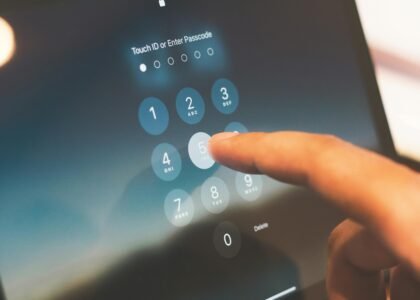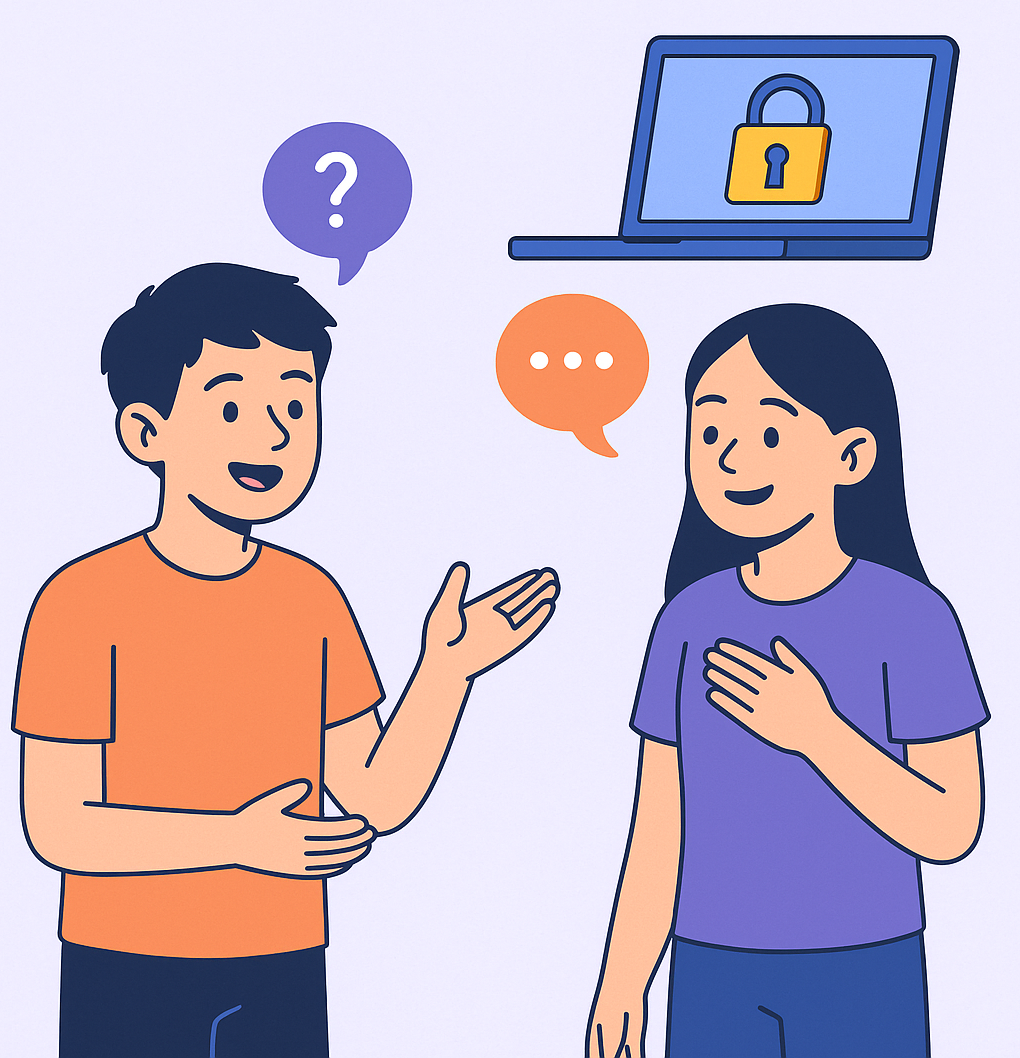In a world where kids spend significant time online—gaming, social media, learning, and exploring—many parents turn to parental control tools to keep their children safe. From screen time limits to content filters and activity monitoring, these tools promise peace of mind. But the big question remains: Do parental control tools really work?
The answer is yes—and no. While these tools are helpful in managing digital boundaries and protecting kids from harmful content, they aren’t magic solutions. The most effective approach combines technology with ongoing communication, trust, and education.
5 Easy Tips to Get the Most Out of Parental Control Tools:
1. Choose the Right Tool for Your Family’s Needs
There’s no one-size-fits-all. Some tools focus on time management (like Apple Screen Time or Google Family Link), while others offer robust content filtering (like Bark or Qustodio). Assess your child’s age, device types, and risks before choosing.
2. Use Tools as Part of a Bigger Conversation
Don’t rely on controls alone. Talk with your kids about why you’re using these tools, what boundaries exist, and how they can help protect themselves online.
3. Regularly Review and Adjust Settings
Kids grow and their needs change. What works for a 7-year-old won’t suit a teenager. Schedule check-ins to update controls and talk through new challenges or freedoms.
4. Balance Monitoring with Privacy
Avoid turning controls into digital spying. Respect your child’s privacy and explain your intentions—safety, not punishment—to maintain trust.
5. Combine Controls With Digital Literacy Education
Teach kids how to recognize risks like cyberbullying, scams, or oversharing. The goal is to empower them to make smart choices, not just depend on filters.
Take Control the Smart Way
Want a clear comparison of the best parental control tools for 2025 plus expert tips on setup and use? Download our Free Parental Control Toolkit packed with guides, checklists, and conversation starters.
👉 Get your toolkit now at DigitalCitizenship.co





